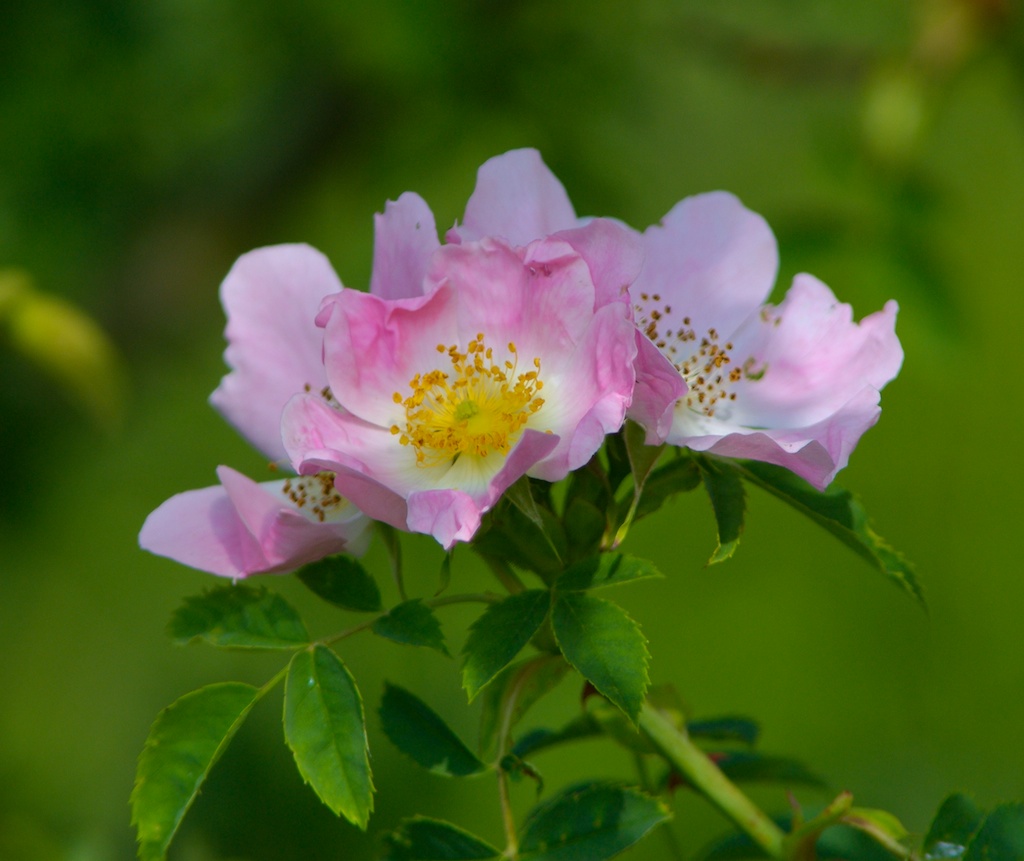
The dog rose
These lovely blooms were photographed towards the end of June, in a local hedgerow.
The dog rose or Rosa canina flowers from June to August, producing blush-pink flowers that open to reveal a circlet of golden stamens; these are followed in the autumn by bright red rose hips, a rich food source for birds and small mammals.
“What’s in a name? That which we call a rose
By any other name would smell as sweet.”
Romeo and Juliet, Act II, Scene II
 Being sure about the exact species of rose you’ve found isn’t as simple as you’d think. The Wildlife Trusts website says that “there are many species of wild rose, which are all very similar and difficult to identify; they all have white or pink flowers, thorns and red hips in the winter.” So, while I’m pretty sure that these photos are of Rosa canina, I am open to correction!
Being sure about the exact species of rose you’ve found isn’t as simple as you’d think. The Wildlife Trusts website says that “there are many species of wild rose, which are all very similar and difficult to identify; they all have white or pink flowers, thorns and red hips in the winter.” So, while I’m pretty sure that these photos are of Rosa canina, I am open to correction!
Wild roses are happy to ramble along hedgerows and into trees, but they are also found in woodlands, grassland and sand dunes. Harvested after the first frost, rose hips have traditionally been used to make rose hip syrup, which is extremely rich in Vitamin C. The petals, distilled into either rose water or essential oil, were once favoured by herbalists to treat a wide range of ailments from eye infections and laryngitis to heartache and depression.
“Rose oil opens and balances the heart chakra”
Sacred Earth
Historically, the symbolism of the rose is everywhere, once you start to look. The Greeks, the Romans and the Egyptians all revered roses, and they soon came to symbolise eternal love. Cleopatra is said to have carpeted her room in rose petals in an attempt to seduce Mark Antony, and rose petals were strewn on the floor at banquets. Most cathedrals have a ‘rose window’, and a rose is woven into the imagery of the Rosicrucians. The white rose of York and the red rose of Lancaster – possibly Rosa alba and Rosa gallica – were combined to create the Tudor rose for Henry VII.
 For me, wild roses evoke the deep peace of a summer afternoon, perhaps with a cuckoo calling, or some wood pigeons. This summer has been wet and cool rather than warm and balmy, but it’s nice to take a last lingering look at this delicious blossom before the season drifts further into autumn.
For me, wild roses evoke the deep peace of a summer afternoon, perhaps with a cuckoo calling, or some wood pigeons. This summer has been wet and cool rather than warm and balmy, but it’s nice to take a last lingering look at this delicious blossom before the season drifts further into autumn.
“I know a bank where the wild thyme blows,
Where oxlips and the nodding violet grows,
Quite over-canopied with luscious woodbine,
With sweet musk-roses and with eglantine:
There sleeps Titania sometime of the night,
Lull’d in these flowers with dances and delight.”
Oberon, A Midsummer Night’s Dream, Act II, Scene I
Sources:
Photos copyright © Colin & Jo Woolf
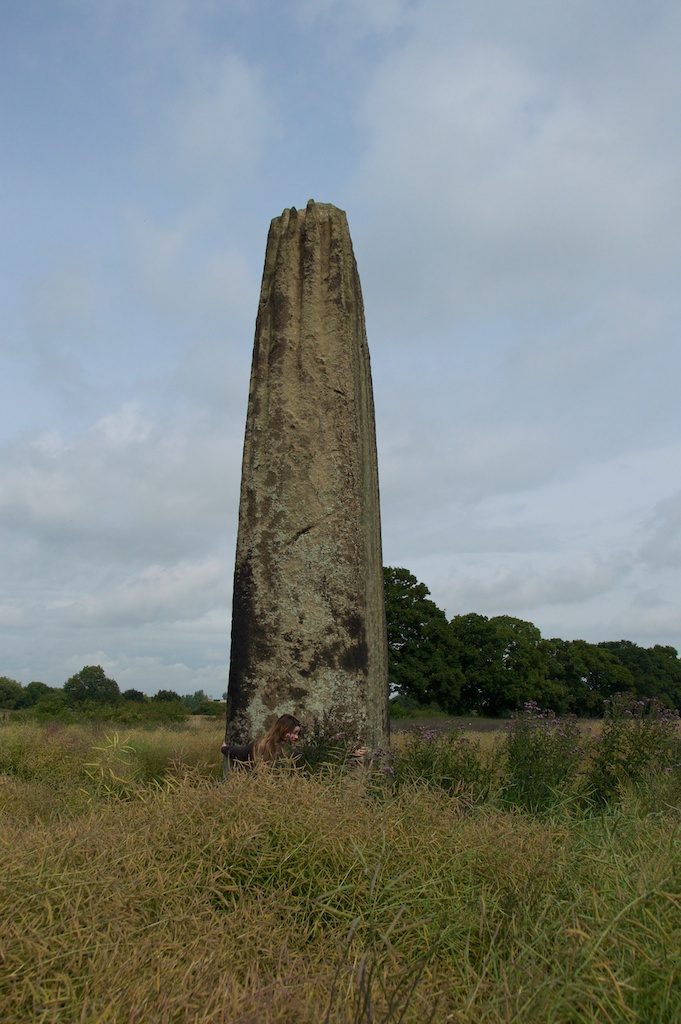


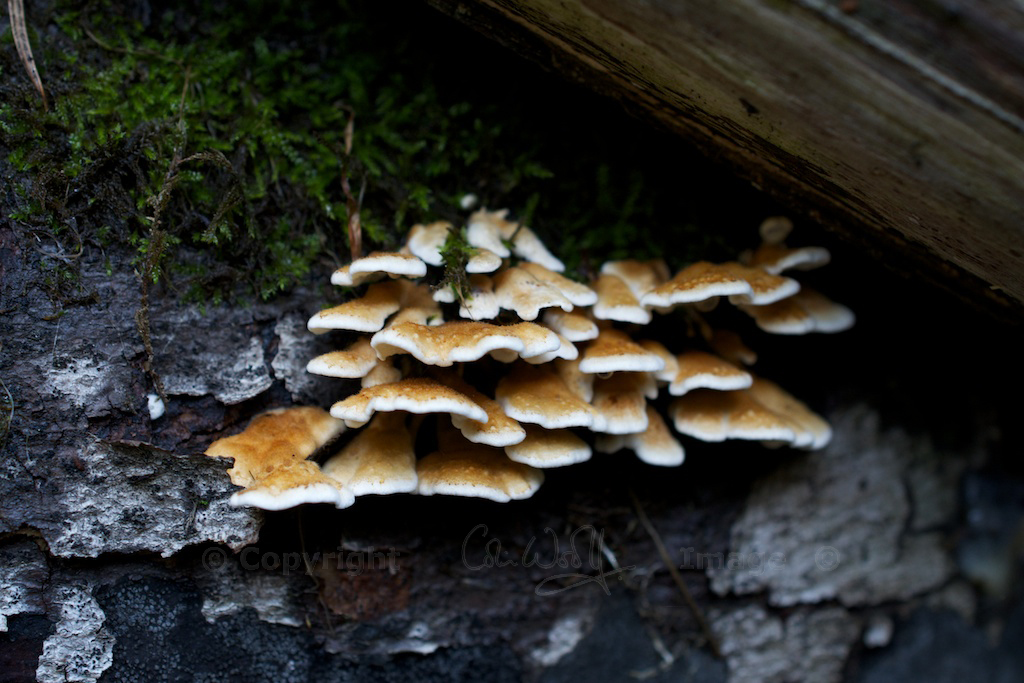
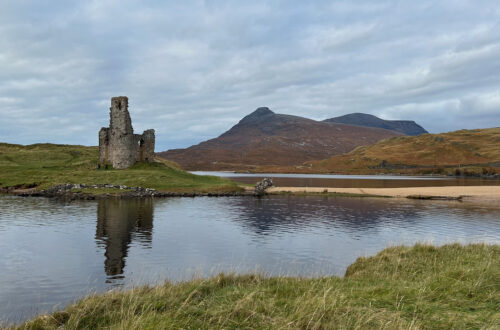
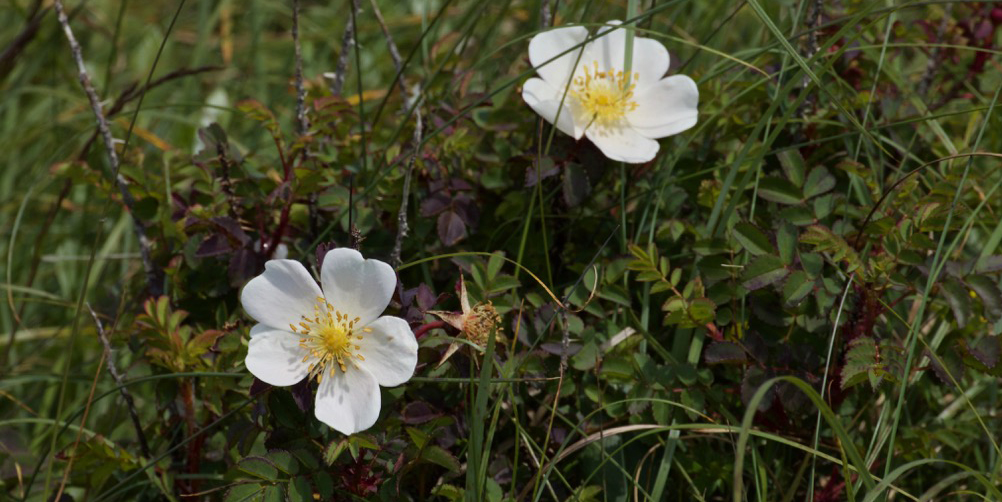
20 Comments
Cornel Ap.
I like very much this tree. The scent of its flower is unique (not to mention how smooth are its petals). And when I was a kid I used to eat its hips (being careful to those seeds inside). Now, I use its fruits for tea.
Beautiful photos.
Jo Woolf
That’s interesting, Cornel! How do you make the tea? Do you prepare the hips in any way?
Cornel Ap.
First of all you must be sure you have Rosa canina and not other plant. Secondly, you must check a book of medicinal plants of your area.
I wait until the hips are red. I collect them, bring them inside a dry room. I put them on paper (but not in the direct action of sunbeams) and let them to dry.
Many times I make a mix of fruits and plants for tea, so I barely use only rose hips tea(I do this only when I have a bad cold and don’t want use more chemical C vitamin).
When I get a cold I surely add a few hips for a cup of tea. I don’t have a recipe, but if you add too many hips, the tea will be too sour.
In my book of medicinal plants there is written: add two spoons of chopped fruits in half a liter of water and boil them together for 10 minutes. They say also to add the fruits only after the water started to boil, otherwise a part of C vitamin will be lost. They suggest to use a gauze strainer (if C vitamin comes in contact with a metal thing, it oxidizes).
You may use sugar or honey.
Jo Woolf
That sounds fantastic! Thank you very much for that! I will keep the recipe and give it a try. 🙂
Cornel Ap.
You’re welcome.
Pat
Love wild roses! I’d take them over a florist’s rose any day. Mind if I borrow that summer image? Ours has been too hot. I would have to have mourning doves in mine. 🙂
Jo Woolf
I know, Pat, they’re beautiful. This summer has been a strange one all over the world, it seems! Cool here as I write this, struggling to get above 13C (55F).
oglach
A friend of mine who is an avid gardener and naturalist once had a friend who, while visiting Romania, noticed wild roses growing everywhere in a small remote village. They were red. He asked the locals where they came from, and they said that the ancient Celts had planted them, and then they’d gone wild. He took some cuttings, packed them in sand, and smuggled them back to my friend. Not exactly ethical, and definitely not the proper medium of transportation, but my friend didn’t want to be rude, so he accepted the gift, put the cuttings under his house, and forgot about them. They grew. Everywhere. Thanks for your piece.
Jo Woolf
Oh, how fascinating! What a lovely story. I love the fact that the roses grew everywhere at your friend’s house. What a lovely legacy to have. Thanks for sharing this. 🙂
susurrus
You’ve captured all the grace of the wild rose with your words and pictures – and shared one of my favourite Shakespeare quotes on wild flowers!
Jo Woolf
Thank you very much! So glad you enjoyed it. 🙂
christinelaennec
Lovely post. I have a friend visiting who asked me if the wild roses were native to Scotland, and I haven’t yet been able to answer that question. Oglach’s comment makes me think perhaps they were/are?
Jo Woolf
Thanks, Christine! I think Rosa canina is native to Britain as a whole, and in Europe as well. But in Scotland it is less common the further north you go.
http://vivinfrance.wordpress.com
A great favourite of mine. I took cuttings of the dog roses that grow along the lanes round here, and planted them in our last garden – now flourishing. I must do the same here.
Jo Woolf
We should do that too, Viv – they would look lovely against the fence.
Norma Dowling
Hi Joanne. Greetings from Mull.You may be interested in the following:-
http://jimtheobscure.com/2012/05/06/the-five-brothers-the-roses-kiss-a-natural-history-of-flowers/
I was given the riddle and answer by a friend last only last month. Norma
Jo Woolf
Hi Norma, That’s lovely! I’m pretty sure I wouldn’t have guessed it on my own. Thank you for sharing it! 🙂
tearoomdelights
I love to see both the flowers and the hips, they’re so beautiful. A lovely post.
Jo Woolf
Thank you, Lorna! 🙂
McEff
Well. I always assumed a wild rose was a dog rose and it was as simple as that. So there’s something I’ve learned today.
All the best, Alen